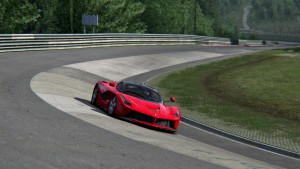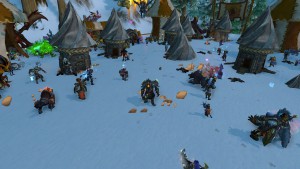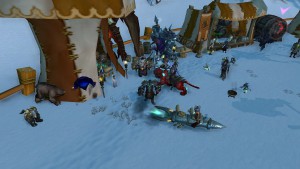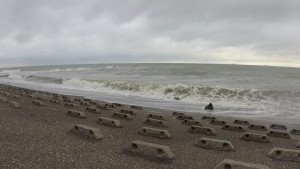The joy of improving
During my ongoing literature review I often discover interesting facts about things I’ve never thought about. Sometimes I can connect these facts with my own observations: The result is mostly a completely new idea why things are as they are. Maybe these ideas are new to you, too. Therefore I’ll share my new science based knowledge with you!
This week: This time, I think about the emotional rewards of playing DiRT Rally.
Currently, DiRT Rally is one of my favorite racing games as it allows me to experience the excitement off-road racing and to put my driving skills to a test in the disciplines of rally, hillclimb, as well as rallycross. Additionally, the game realistically simulates the behavior of the rally cars on different surface types. For instance, it is much easier to keep a car under control when driving at high speeds on dry asphalt than on a gravel road. Racing along those rally stages provides me with new challenges as rallying requires a completely different style of driving than racing at a regular race circuit.
In general, playing a realistic racing game mostly results in a strong flow experience as the racing itself provides drivers with clear goals and a constant feedback about the own progress. The most obvious goal is to beat the own personal best lap time on a race track and/or to drive a perfect lap. This goal is even recursive as each time a driver achieves a new fastest lap, the goal is renewed and the player can start again to beat the own lap time. In addition, the player is constantly informed about the own performance as the game displays the current lap time and thus the player is able to observe the own progress.
As a result, players can get into the state of flow which constantly motivates them to continue and to exhaust their skills in order to overcome the next challenge. The lap time in itself becomes unimportant to the players as they do not crave for the achievement. Instead, they derive their motivation from the emotional rewards of completing a challenge after having exhausted the own skills.
This is also true for DiRT Rally, as the main goal for the players is to complete a rally stage as fast as possible. In addition, the driving experience of a rally car in itself provides the players with a new challenge and allows the application of special techniques that are used in rallying. For instance, the players can learn and master rally maneuvers, such as a handbrake turn or a Scandinavian flick. The behavior of the virtual rally car then constantly provides the players with feedback about their learning progress.
This is also the main reason why DiRT Rally is currently one of my favorite games. It provides me with a great amount of new challenges, constant feedback and lots of emotional rewards.








